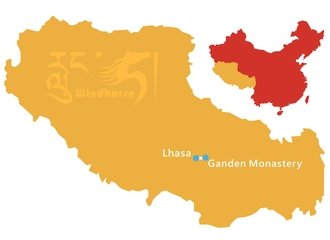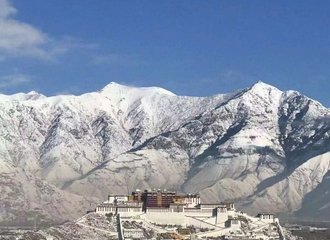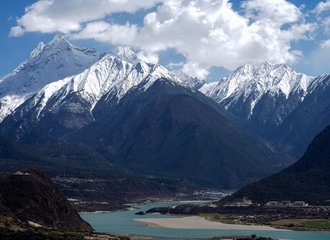Is oxygen available on the train to Tibet?
Traveling to Tibet is an adventure like no other, with its awe-inspiring landscapes, rich culture, and spiritual significance. Yet, the high-altitude terrain of the Tibetan Plateau presents unique challenges, particularly when it comes to acclimating to lower oxygen levels. To address this concern, trains to Tibet are equipped with oxygen supply systems, ensuring that passengers can breathe comfortably and safely during their journey.
Understanding Tibet's High Altitude
Tibet, often referred to as the "Roof of the World," boasts some of the highest altitudes on the planet. The capital city, Lhasa, sits at an elevation of approximately 3,656 meters (11,995 feet) above sea level. As travelers ascend further into Tibet, they may encounter altitudes exceeding 5,000 meters (16,400 feet). Such high altitudes can lead to altitude sickness, characterized by symptoms like dizziness, headaches, and shortness of breath, as the air pressure and oxygen levels decrease.
Oxygen Supply Systems on Trains to Tibet
To ensure the comfort and safety of passengers traveling to Tibet, trains to the region are equipped with two main oxygen supply systems:
- Dispersion-Mode Oxygen Supply System: This system is designed to provide a consistent and gradual supply of oxygen throughout the entire train cabin. It operates by dispersing oxygen through the air conditioning system. By blending oxygen into the circulated air, passengers are able to breathe in higher oxygen levels, which can help alleviate altitude-related discomfort.
- Private Oxygen Masks: In addition to the dispersion-mode system, each train cabin is equipped with private oxygen masks and supply tubes for emergency use. These masks are readily available to passengers, and their presence provides an extra layer of safety and peace of mind during the journey.
How the Dispersion-Mode System Works
The dispersion-mode oxygen supply system is a critical component of the train's design, addressing the challenges of high-altitude travel. Here's how it works:
- Continuous Oxygen Supply: Throughout the journey, the system continuously releases a controlled amount of oxygen into the train's air circulation.
- Gradual Adjustment: By gradually increasing the oxygen content in the cabin air, passengers have the opportunity to acclimate to the decreasing oxygen levels as the train ascends to higher altitudes.
- Comfort and Safety: This gradual adjustment helps reduce the risk of altitude sickness and makes the journey more comfortable for passengers.
Private Oxygen Masks for Emergency Use
While the dispersion-mode system ensures a consistent supply of oxygen throughout the entire train, private oxygen masks and supply tubes are readily available in each cabin for emergency use. These masks are simple to use, providing passengers with direct access to oxygen if they experience any discomfort related to high altitude.
Having private oxygen masks on hand is a precautionary measure to address individual needs. Travelers who are particularly sensitive to high altitudes or experience symptoms of altitude sickness can use these masks as a supplementary source of oxygen to alleviate their discomfort quickly.
Traveling to Tibet with Peace of Mind
The availability of oxygen on trains to Tibet is a testament to the thoughtful planning and consideration for passenger well-being. The journey to Tibet is not only a physical expedition but also a spiritual and cultural experience. Ensuring that passengers can breathe comfortably and safely allows them to fully appreciate the beauty and significance of this remarkable region.
It's important to note that while the oxygen supply systems on these trains can greatly reduce the risk of altitude-related discomfort, travelers should still take precautions. It's advisable to consult with a healthcare professional before embarking on a journey to high-altitude destinations like Tibet. Additionally, travelers should stay hydrated, get plenty of rest, and avoid overexertion during their time in Tibet to further enhance their acclimatization.
In conclusion, the presence of oxygen supply systems on trains to Tibet is a testament to the commitment to passenger well-being and safety. Whether you're admiring the stunning landscapes, exploring ancient monasteries, or immersing yourself in Tibetan culture, knowing that oxygen is readily available allows you to focus on the incredible experiences that await in this unique and awe-inspiring destination.














